Your cart is currently empty!
Tag: Industrial
Sovereign wealth funds lean into industrial
This article is sponsored by Logistics Property Company
The US has long been a magnet for sovereign wealth funds, given the country’s long-term stability and efficient financial market systems that allow outside governments to diversify risk while building and preserving capital.
Chicago-based Logistics Property Company was founded in 2018 with Macquarie Asset Management, the asset management division of Australia’s Macquarie Group, a diversified financial services group.
Since then, it has raised close to $3 billion from six of the world’s largest investors because of their appetite for US logistics, according to Jim Martell, CEO of Logistics Property Company, and Brent Steele, its chief investment officer.
What factors influence international investors when selecting real estate investments, particularly in the US?

Brent Steele Brent Steele: When Jim and his leadership team partnered with Macquarie Group to establish Logistics Property Company, they identified the evolution in institutional real estate investing as global capital increasingly looked to find and partner with best-in class operators directly.
International capital has always been attracted to office properties and more of the main real estate asset classes. Industrial was one of them, but it previously fell down the line as a priority for global capital. All of that began to shift from 2015-20.
Jim and Macquarie Group have effectively combined operational experience with strategic insights into tenant needs and competitive advantages, creating a robust platform that manages global capital and engages investors. Between existing and under-development investments, the company manages over 27 million square feet across 67 industrial properties.

Jim Martell Jim Martell: What is very important for these international investors is also the tax structure. So many of them are limited to being 49 percent holders of properties.
Take Australia, for instance: the combination of multiple funds in Australia cannot be more than 49 percent for tax purposes, based on US withholdings and other tax structuring.
They also want to do that through a real estate investment trust (REIT) set-up for tax purposes. Our model was created to accommodate those two challenges: the 49-percent limitation and a REIT-ownership format, all to be as tax efficient as possible.
We really focus on communication and transparency. Investors join us on a weekly call to go through what we are doing and why, which helps them understand our organization, our strategy and our perspective. But equally important for us is getting their perspective.
We get a take on what is happening globally and in their backyard that might be influencing their decisions and what they are looking for. That gives us a clear line of communication with them, and I think they have come to appreciate that level of communication and transparency.
What are the benefits to focusing on industrial, compared with other property types?
JM: When you look at all the different products, from office to retail to housing and so forth, industrial probably is the simplest product from the standpoint of buying the land, building it, getting it leased and selling it.
Industrial by itself is a very short cycle, which can be 12 to 18 months. Because of the short cycle, outside influences have less chance of impacting the outcome compared with an office or multifamily building that might take five to seven years to go through the gestation process of development and lease-up.
As for the product itself, demand for industrial and logistics property has been steadily rising. The acceleration of demand is driven by two things.
One is the growth of GDP, which is so highly correlated with the sector. As a country’s GDP increases, so does the need for warehouses and manufacturing facilities, leading to increased investment in industrial real estate. A growing economy requires more space to produce, store and ship goods.
Second, as we moved from storefront brick-and-mortar retail and got into e-commerce, especially in the period immediately following the covid-19 shutdowns, that accelerated probably 10 years’ worth of demand for industrial real estate in very short order. That took off in 2020, and 2022 was probably the year we saw the most development and rent growth in the US industrial and logistics sector.
Is that growth trend expected to continue in 2025?
JM: We are seeing construction decline significantly. Rent growth has slowed a bit. When you go back to industrial asking rents in 2015 to what it is now, in many cases, it has doubled or tripled – even though the marginal growth over time has slowed down since then.
In many cases, the US industrial markets got down to vacancy rates that were 2 to 4 percent. Now, across the country, we are in the 7 to 7.5 percent range – still below historical averages and below vacancy rates for other property types today, but higher than it was a few years ago.
As interest rates increased, the yield on cost obviously had to increase, and companies were more cautious. Also, the cost for a company to move its warehouse and outfit it with new equipment and machinery has become extremely expensive.
Therefore, big corporations put a hold on a good number of the new facilities, given the financial impact of opening new warehouses amid climbing interest rates, geopolitical uncertainty and the looming cloud of a potential recessionary period in 2023 and much of 2024.
Industrial supply had been growing based on e-commerce demand and it has slowed down now because of higher interest rates and occupiers being more expeditious.
BS: If you look at the gross leasing numbers over that same time period, they are still strong. It is the net absorption we are talking about falling off, simply because we did have a lot of supply that came in. That demand was not necessarily keeping up with the robust amount of new supply that was coming online.
But at an absolute leasing level, industrial leases are still taking place, and there is still a lot of gross leasing. So, as that supply is delivered and is absorbed with not much in the pipeline behind it – as construction starts have slowed significantly in the past year – you see some attractive fundamentals ahead if you are an owner-operator of US logistics.
Are institutional investors reallocating capital toward industrial?
BS: Historically, in an institutional portfolio allocation between the main product types, logistics would be somewhere in the mid-teens and you would see a huge load up of office space. Those two have switched as office properties have become distressed in many cities. It is all about capital efficiency.
Suburban offices, in certain cases, and even low-rise buildings in urban core locations, are no longer the highest and best use for these commercial spaces.
If you look at the rent you can generate in those markets, and the demand drivers given their proximity to consumers, they are now being repositioned into logistics facilities, small-bay warehouses and last-mile shipping. An empty office building does not produce returns and does not create jobs, so investors are starting to look at the other property types.
And then there are the demands of capital just to keep running that type of building, office versus logistics facilities.
Logistics has very good retention, or even if you need to re-let, you are talking about a couple dollars in tenant improvements per square foot, compared to much higher costs to operate, lease-up and fit-out office space. Plus, the operating model for industrial logistics allows you to pass through many expenses to your tenancy.
In addition to the continued interest from global equity capital, debt financing for US logistics remains readily available from banks, life insurance companies, private mortgage lenders and securitized structures. And this, despite the absence of government-sponsored programs that are available to the multifamily sector.
People are driven by data, and they understand there are opportunities based on the capital efficiency and the utilization of these big institutional portfolios. As a result, we have seen a much bigger increase in target allocations within global capital for logistics space and industrial properties.
 How can managers address the environmental and sustainability concerns that many institutional investors have across their portfolios?
How can managers address the environmental and sustainability concerns that many institutional investors have across their portfolios?JM: We have ramped up our focus on environmental and sustainability initiatives and hit a milestone recently with the number of our projects that are LEED Certified, both Silver and Gold. We are constructing our buildings with state-of-the-art engineering and design to limit the amount of steel and concrete we are using, especially in our floors.
In addition, we are working to design and construct our structures to add solar panels. We have worked very hard on all that, and it is meeting our investors’ expectations.
Sovereign wealth funds, the government-owned investment funds of various countries, are increasingly turning their focus towards industrial sectors. With the global economy facing uncertainty and volatility, these funds are seeking stability and growth opportunities in industries such as manufacturing, mining, and infrastructure.One of the key reasons for this shift is the long-term nature of industrial investments. Sovereign wealth funds, with their large capital base and patient investment horizon, are well-positioned to weather economic cycles and generate sustainable returns from these sectors.
Furthermore, industrial investments offer sovereign wealth funds the opportunity to diversify their portfolios and reduce their exposure to traditional asset classes such as equities and bonds. By investing in industries that are essential to the functioning of the economy, these funds can also contribute to economic development and job creation in their home countries.
Overall, sovereign wealth funds are recognizing the potential of industrial sectors as a source of stable returns and long-term value creation. As they continue to lean into these industries, we can expect to see increased investment activity and strategic partnerships that drive growth and innovation in the global industrial landscape.
Tags:
- Sovereign wealth funds
- Industrial investments
- Sovereign wealth fund strategies
- Industrial sector trends
- Investment opportunities in industrial sector
- Sovereign wealth fund portfolios
- Industrial sector growth
- Sovereign wealth fund diversification
- Industrial sector analysis
- Sovereign wealth fund performance in industrial sector
#Sovereign #wealth #funds #lean #industrial
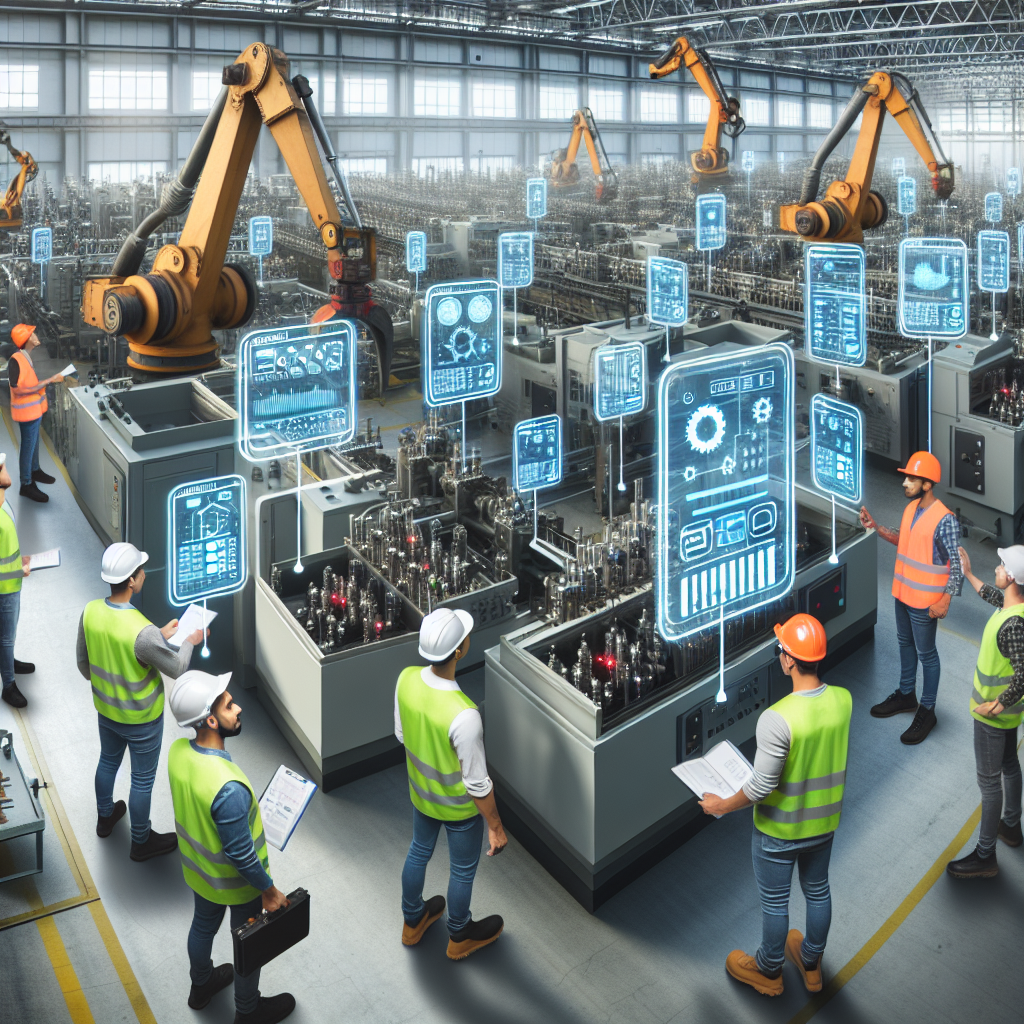
Remote Monitoring: Enhancing Safety and Compliance in Industrial Settings
Remote monitoring technology has revolutionized the way industrial settings manage safety and compliance. By utilizing sensors, cameras, and other monitoring devices, companies can now track and analyze data in real-time from a remote location. This technology not only improves efficiency and productivity but also enhances safety measures and ensures compliance with regulations.One of the key benefits of remote monitoring is the ability to detect potential hazards and issues before they escalate into major problems. For example, sensors can monitor equipment performance and alert operators of any abnormalities or malfunctions. This early detection can prevent accidents, equipment failures, and costly downtime.
Furthermore, remote monitoring allows companies to track and record data on a continuous basis, providing a comprehensive overview of operations. This data can be analyzed to identify trends, patterns, and areas for improvement. By having access to this information, companies can make informed decisions to optimize processes, reduce risks, and enhance overall safety measures.
In addition, remote monitoring helps industrial settings comply with regulatory requirements and standards. By having a real-time view of operations, companies can ensure that they are meeting all necessary guidelines and protocols. This not only helps avoid fines and penalties but also builds trust with regulators and stakeholders.
Another advantage of remote monitoring is its ability to provide a flexible and scalable solution for industrial settings. Companies can easily customize monitoring systems to suit their specific needs and expand as their operations grow. This adaptability ensures that companies can continuously improve safety measures and remain compliant with evolving regulations.
Overall, remote monitoring technology is a powerful tool for enhancing safety and compliance in industrial settings. By providing real-time data, early detection of issues, and customizable solutions, companies can improve efficiency, reduce risks, and ensure adherence to regulations. As technology continues to advance, remote monitoring will play an increasingly vital role in creating safer and more compliant industrial environments.
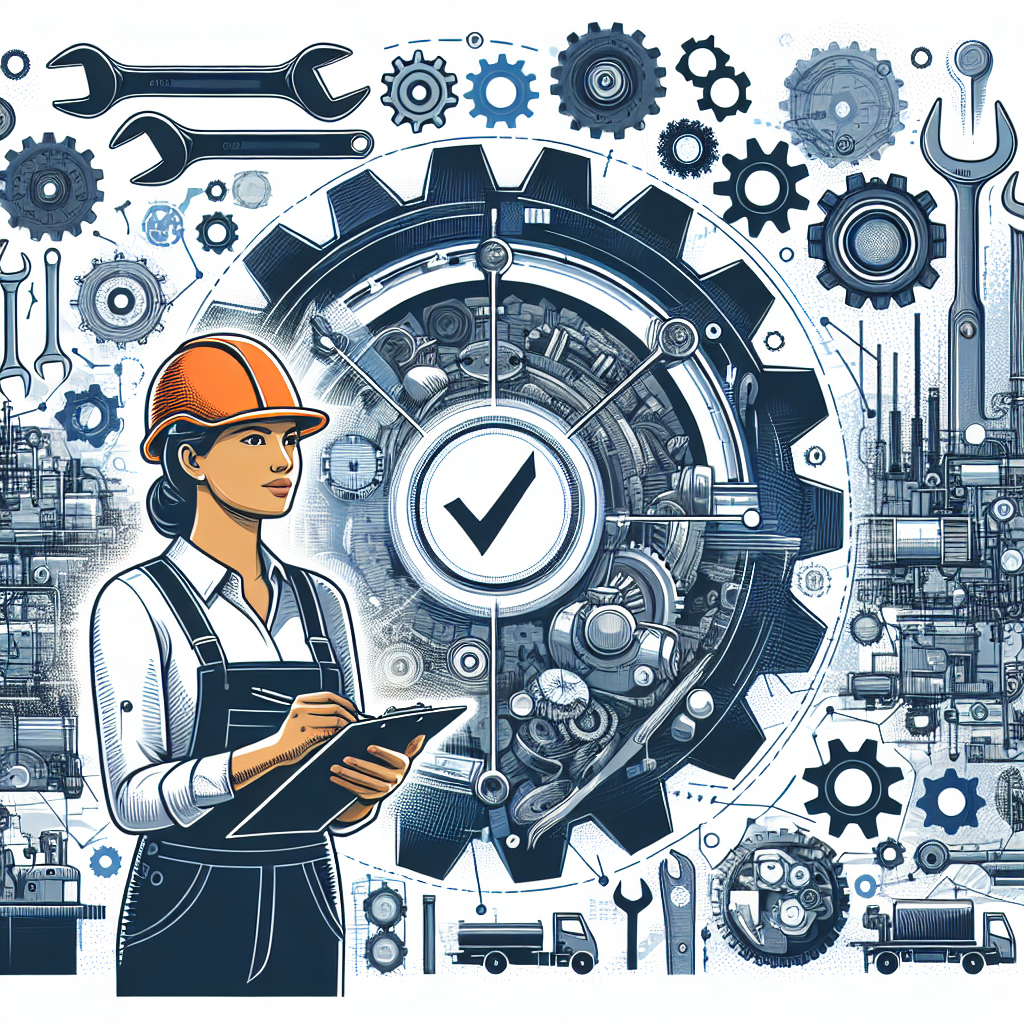
The Importance of Proactive Maintenance in Industrial Settings
In industrial settings, the importance of proactive maintenance cannot be overstated. Proactive maintenance involves identifying and addressing potential issues before they become major problems, thus preventing costly downtime and production delays. By implementing a proactive maintenance strategy, industrial businesses can ensure the smooth operation of their equipment and machinery, leading to increased productivity and profitability.One of the key benefits of proactive maintenance is the prevention of unexpected breakdowns. By regularly inspecting and maintaining equipment, businesses can identify and address issues before they escalate into major malfunctions. This not only reduces the risk of costly repairs but also minimizes the risk of production interruptions, which can have a significant impact on a business’s bottom line.
Proactive maintenance also helps extend the lifespan of equipment. By performing regular maintenance tasks such as lubrication, cleaning, and calibration, businesses can ensure that their equipment operates at peak efficiency for longer periods of time. This not only reduces the need for costly equipment replacements but also maximizes the return on investment for the business.
Additionally, proactive maintenance can help improve workplace safety. By regularly inspecting equipment and addressing potential hazards, businesses can create a safer work environment for their employees. This can help reduce the risk of accidents and injuries, as well as minimize the potential for costly liability claims.
Furthermore, proactive maintenance can help businesses comply with regulatory requirements. Many industries have strict regulations governing the maintenance and operation of equipment, and failing to comply with these regulations can result in fines and penalties. By implementing a proactive maintenance strategy, businesses can ensure that their equipment meets all regulatory standards, reducing the risk of costly legal consequences.
Overall, proactive maintenance is essential for the success of industrial businesses. By identifying and addressing potential issues before they become major problems, businesses can prevent costly downtime, extend the lifespan of their equipment, improve workplace safety, and ensure compliance with regulatory requirements. Ultimately, proactive maintenance can help businesses operate more efficiently and effectively, leading to increased productivity and profitability.
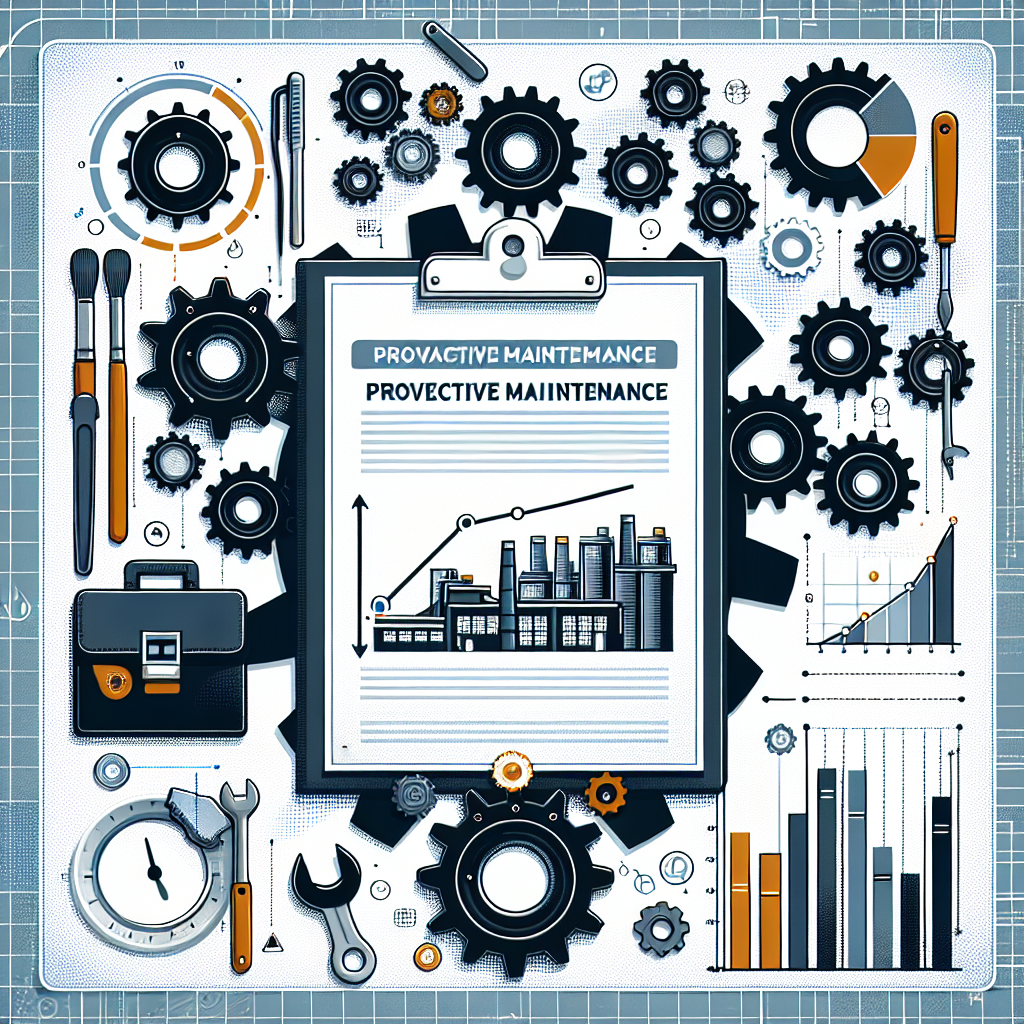
Maximizing Efficiency: The Role of Proactive Maintenance in Industrial Settings
In today’s fast-paced industrial environments, maximizing efficiency is crucial to staying competitive and profitable. One key factor in achieving this goal is proactive maintenance. Proactive maintenance involves identifying and addressing potential issues before they escalate into costly downtime or equipment failure. By implementing a proactive maintenance strategy, industrial settings can improve overall productivity, reduce maintenance costs, and extend the lifespan of equipment.One of the main advantages of proactive maintenance is that it helps prevent unexpected breakdowns. By regularly monitoring equipment and conducting routine inspections, maintenance teams can identify potential issues early on and address them before they escalate. This not only helps avoid costly repairs but also minimizes downtime, keeping operations running smoothly and efficiently.
Proactive maintenance also helps extend the lifespan of equipment. By regularly cleaning, lubricating, and repairing machinery, maintenance teams can ensure that equipment remains in optimal working condition. This not only reduces the need for costly replacements but also helps maintain consistent performance levels, leading to improved overall efficiency.
Additionally, proactive maintenance can help identify opportunities for process improvements. By closely monitoring equipment performance and identifying potential bottlenecks, maintenance teams can make recommendations for optimizing workflows and increasing productivity. This holistic approach to maintenance can lead to significant efficiency gains and cost savings in the long run.
To successfully implement a proactive maintenance strategy, industrial settings should invest in modern maintenance management software and tools. These tools can help streamline maintenance workflows, track equipment performance, and schedule preventative maintenance tasks. By leveraging technology, maintenance teams can proactively address issues, prioritize maintenance tasks, and improve overall efficiency.
In conclusion, proactive maintenance plays a crucial role in maximizing efficiency in industrial settings. By identifying and addressing potential issues before they escalate, maintenance teams can prevent unexpected breakdowns, extend the lifespan of equipment, and identify opportunities for process improvements. By investing in modern maintenance management software and tools, industrial settings can optimize their maintenance workflows and achieve peak efficiency in their operations.
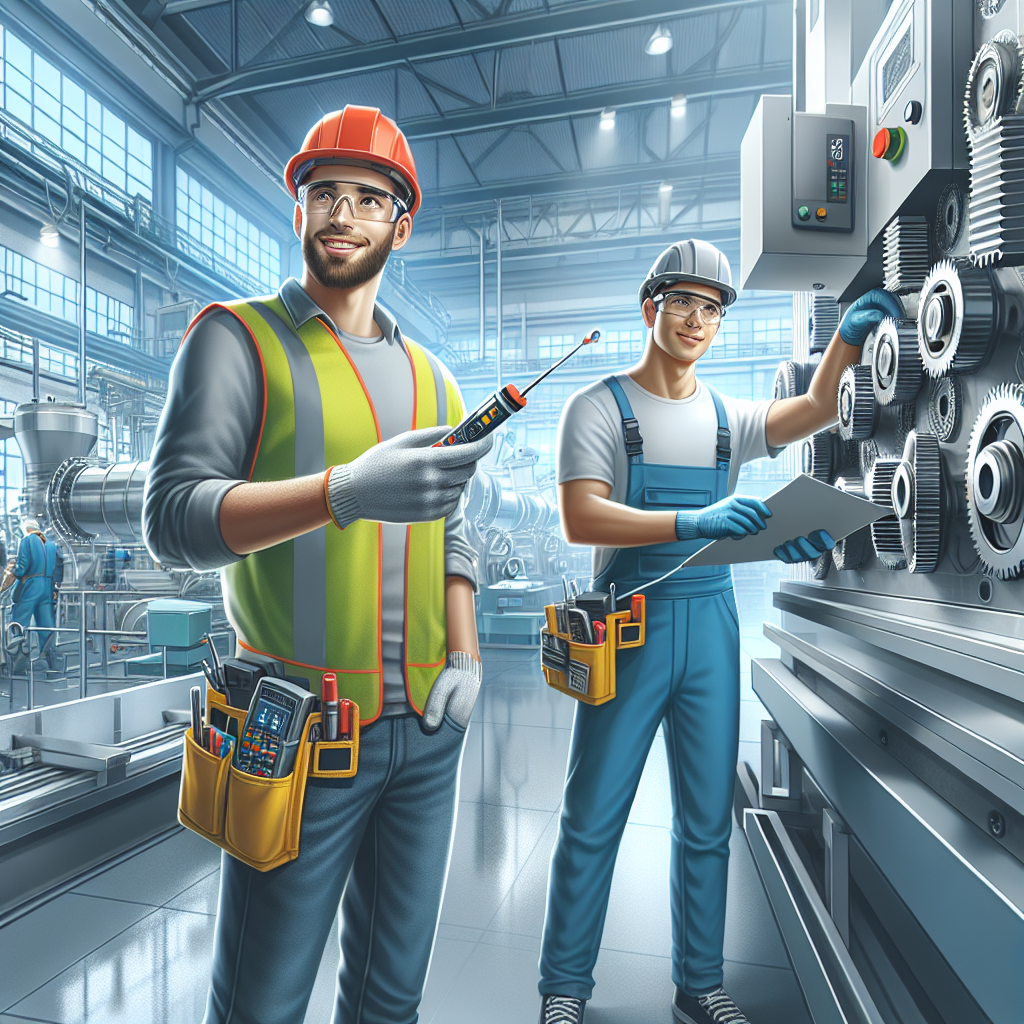
The Benefits of Proactive Maintenance in Industrial Settings
Proactive maintenance in industrial settings is a key strategy that can help companies avoid costly downtime, increase productivity, and improve overall efficiency. Unlike reactive maintenance, which involves fixing things only after they break down, proactive maintenance focuses on preventing issues before they occur. By regularly inspecting equipment, identifying potential problems, and taking corrective action early on, companies can save time and money in the long run.One of the main benefits of proactive maintenance is increased equipment reliability. By regularly monitoring and maintaining equipment, companies can prevent unexpected breakdowns and extend the lifespan of their machinery. This can lead to fewer disruptions in production, improved safety for workers, and a more consistent output of high-quality products.
Proactive maintenance also helps companies save money in the long run. While it may require an upfront investment of time and resources, the cost of regular maintenance is typically much lower than the cost of repairing or replacing equipment that has failed. By identifying and addressing issues early on, companies can avoid costly emergency repairs and minimize the risk of production delays.
Additionally, proactive maintenance can improve overall efficiency and productivity in industrial settings. By keeping equipment in optimal condition, companies can ensure that it operates at peak performance levels, leading to increased output and reduced downtime. This can help companies meet production deadlines, fulfill customer orders on time, and maintain a competitive edge in the market.
Furthermore, proactive maintenance can also improve safety in industrial settings. Regular inspections and maintenance can help identify potential safety hazards before they cause harm to workers or damage to equipment. By addressing these issues proactively, companies can create a safer work environment for their employees and reduce the risk of accidents and injuries.
In conclusion, proactive maintenance is a crucial strategy for companies operating in industrial settings. By regularly inspecting and maintaining equipment, companies can increase reliability, save money, improve efficiency, and enhance safety in the workplace. Investing in proactive maintenance can lead to long-term benefits for companies, including increased productivity, reduced downtime, and a competitive advantage in the market.
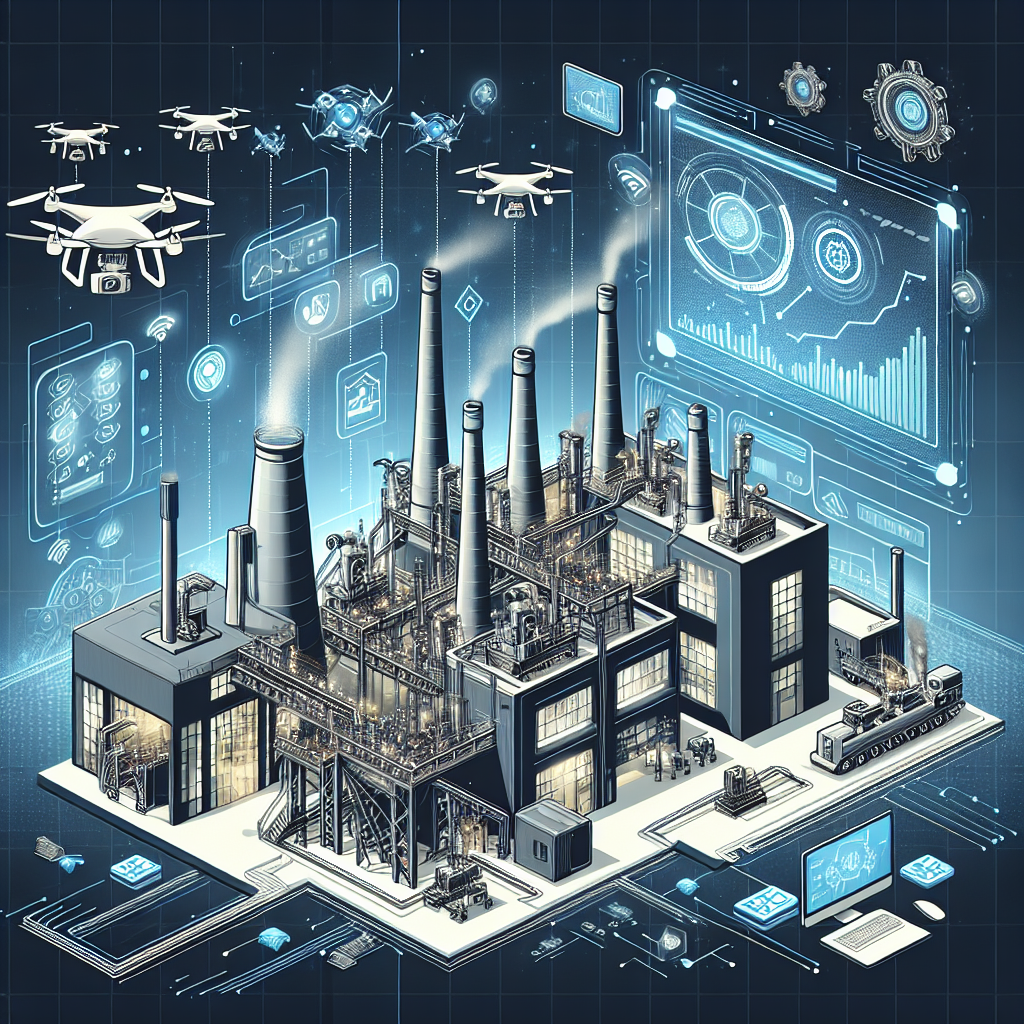
Unlocking the Power of Remote Monitoring in Industrial Settings
The industrial sector has seen a significant shift towards remote monitoring in recent years, with many companies recognizing the benefits of real-time data collection and analysis. By harnessing the power of remote monitoring, businesses can improve efficiency, reduce downtime, and increase overall productivity.One of the key advantages of remote monitoring in industrial settings is the ability to track and monitor equipment and processes from anywhere in the world. This means that maintenance teams can quickly identify and address issues before they escalate, reducing the risk of costly downtime. By monitoring equipment remotely, companies can also optimize performance and increase the lifespan of their assets.
Remote monitoring also enables companies to gather valuable data on their operations, allowing them to identify trends and patterns that can help improve overall efficiency. By analyzing this data, businesses can make informed decisions about equipment maintenance, scheduling, and resource allocation, leading to cost savings and increased productivity.
In addition to improving operational efficiency, remote monitoring can also enhance safety in industrial settings. By remotely monitoring equipment and processes, companies can identify potential safety hazards and take proactive measures to mitigate risks. This can help prevent accidents and injuries, creating a safer work environment for employees.
Furthermore, remote monitoring allows companies to access real-time data on energy consumption and environmental impact, enabling them to make more sustainable decisions. By monitoring energy usage and emissions, businesses can identify opportunities to reduce their carbon footprint and operate more efficiently, leading to cost savings and environmental benefits.
Overall, unlocking the power of remote monitoring in industrial settings can have a transformative impact on businesses. By harnessing the capabilities of remote monitoring technology, companies can improve efficiency, reduce downtime, enhance safety, and make more sustainable decisions. As the industrial sector continues to evolve, remote monitoring will play an increasingly important role in driving innovation and driving business success.
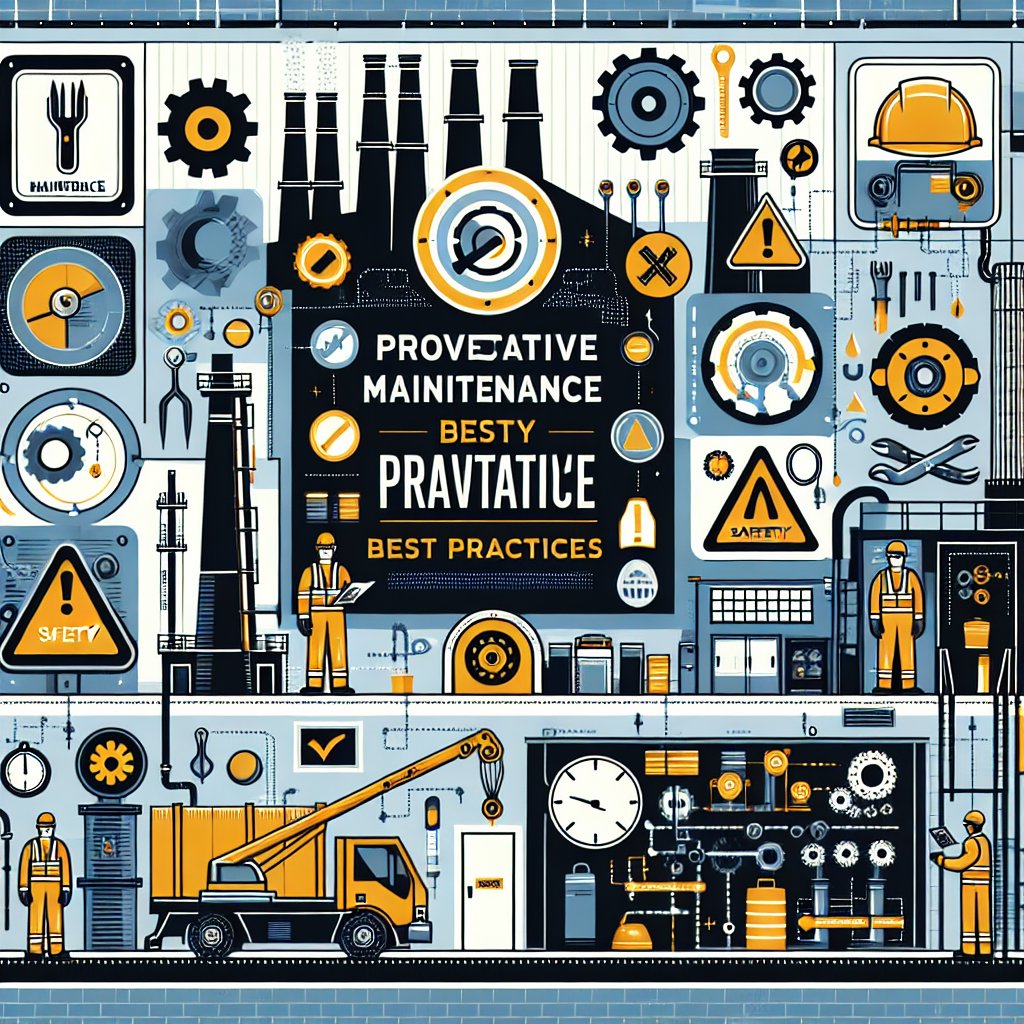
Proactive Maintenance Best Practices for Industrial Facilities
Proactive maintenance is a crucial aspect of ensuring the smooth operation of industrial facilities. By implementing proactive maintenance best practices, facility managers can reduce downtime, improve equipment reliability, and increase overall productivity. In this article, we will discuss some of the key best practices for proactive maintenance in industrial facilities.1. Develop a comprehensive maintenance plan: The first step in implementing proactive maintenance is to develop a comprehensive maintenance plan. This plan should outline all the equipment in the facility, their maintenance schedules, and the tasks that need to be performed. By having a clear plan in place, facility managers can ensure that maintenance tasks are carried out in a timely manner and that equipment is properly maintained.
2. Conduct regular inspections: Regular inspections are essential for identifying potential issues before they escalate into larger problems. By conducting regular inspections of equipment and facilities, facility managers can identify wear and tear, leaks, and other issues that need to be addressed. This can help prevent unexpected breakdowns and costly repairs.
3. Implement predictive maintenance techniques: Predictive maintenance techniques, such as vibration analysis, infrared thermography, and oil analysis, can help facility managers predict when equipment is likely to fail. By monitoring key indicators and trends, facility managers can proactively address issues before they lead to downtime.
4. Train maintenance staff: Properly trained maintenance staff are essential for implementing proactive maintenance best practices. By providing training on equipment maintenance, safety procedures, and best practices, facility managers can ensure that maintenance tasks are carried out effectively and efficiently.
5. Utilize technology: Technology plays a crucial role in proactive maintenance. Computerized maintenance management systems (CMMS) can help facility managers track maintenance schedules, inventory levels, and work orders. Additionally, sensors and monitoring systems can provide real-time data on equipment performance and alert facility managers to potential issues.
6. Prioritize critical equipment: Not all equipment in an industrial facility is equally important. Facility managers should prioritize critical equipment that, if it were to fail, would have a significant impact on production. By focusing resources on maintaining critical equipment, facility managers can reduce the risk of costly downtime.
7. Continuously improve processes: Proactive maintenance is an ongoing process that requires continuous improvement. Facility managers should regularly review maintenance processes and procedures to identify areas for improvement. By implementing feedback mechanisms and conducting regular reviews, facility managers can refine their maintenance practices and ensure that they are effective.
In conclusion, proactive maintenance is essential for ensuring the smooth operation of industrial facilities. By developing a comprehensive maintenance plan, conducting regular inspections, implementing predictive maintenance techniques, training maintenance staff, utilizing technology, prioritizing critical equipment, and continuously improving processes, facility managers can reduce downtime, improve equipment reliability, and increase overall productivity. By following these best practices, industrial facilities can maximize efficiency and minimize costly repairs.

